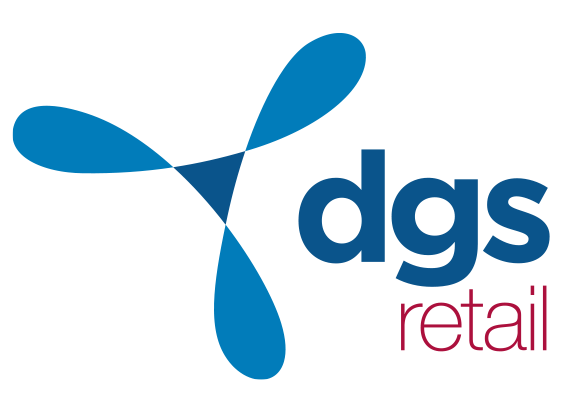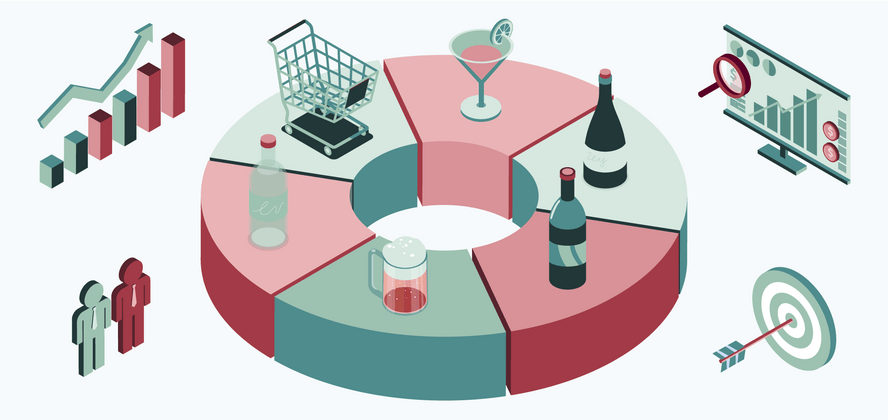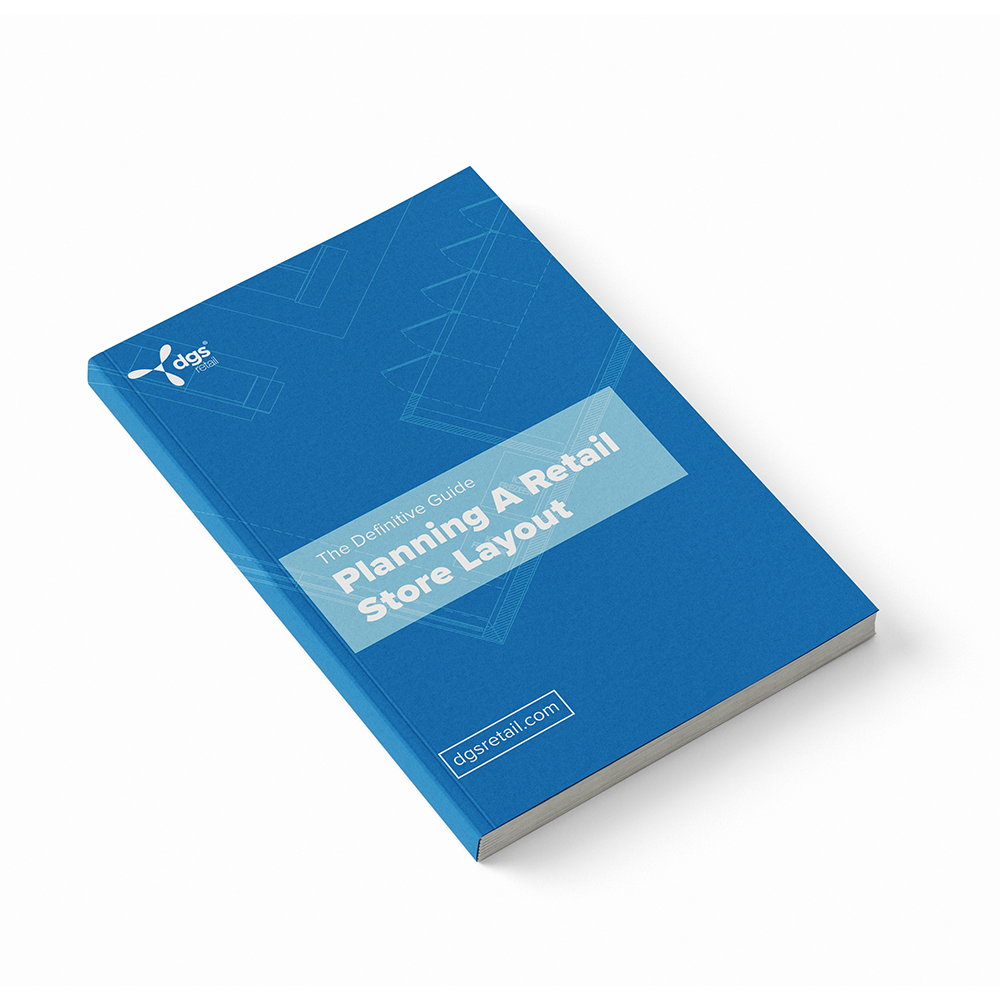Liquor Store Market Research & Planning: A Practical Guide
Posted by DGS Academy on Oct 16th 2025
Liquor Store Market Research & Planning: A Practical Guide
Before you sign a lease or apply for a liquor license, you need a solid foundation. This step-by-step guide to liquor store market research and business planning covers everything from analyzing local competition and demographics to forecasting revenue and writing a business plan. Whether you're launching your first store or expanding to a new location, this practical guide will help you make informed, strategic decisions.
This post is part of our complete guide: How to Open a Liquor Store in 9 Steps (Checklists + Free Layout eBook). Be sure to start there for a full overview of the entire process — from licensing to layout and launch.
Free eBook: Planning a Retail Store LayoutFree Store Design Service (DGS Retail)
Gondola Shelving Configurator
Watch our DGS Academy video, “How to Start a Liquor Store This Year | 9 Steps New Owners Must Know,” to learn the full process visually — from permits to store design.
Step 1 — Research & Planning (In‑Depth)
Before you spend a dollar on rent or inventory, validate three things: who your customer is, how much demand exists nearby, and whether you can reach break‑even with realistic pricing and costs.
1) Define your concept (what you will be known for)
Choose one clear positioning so customers “get it” instantly. Examples:
- Everyday Value: broad assortment, sharp pricing, fast in‑and‑out.
- Premium & Discovery: curated wine & spirits, staff recommendations, tastings (if allowed).
- Beer‑Led: craft/special release focus, cold box depth, local SKUs.
- Convenience Hybrid: quick trip mission with top movers + add‑ons.
Tip: Your concept determines assortment breadth, fixture mix, and even your floor plan (see Step 5). Commit now—don’t try to be everything to everyone.
2) Map your trade area (where customers will come from)
Your trade area is the typical distance/time customers travel to reach your store. For most liquor stores, this is a 5–10 minute drive or a 10–15 minute walk in dense urban areas.
- Draw a 5‑ and 10‑minute drive‑time around each potential site using map tools.
- List all competitors inside that area (name, address, star rating/review count, hours, delivery options).
- Note barriers (rivers, highways with few crossings, one‑way grids) that shrink the “practical” trade area.
Helpful tools: Census Business Builder • SBA: Write your business plan • Find your local SBDC • SCORE mentors.
Definitions (click to expand)
- TAM/SAM/SOM: Total/Served/Share of Market—top‑down ways to size demand. For a local store, focus on SAM (adults in your trade area) and a realistic SOM (your share after competition).
- Trade area: The realistic catchment you can serve given drive/walk times and road patterns—not a perfect circle.
- Category role: How each department supports your concept (e.g., “Cold Beer = traffic driver,” “Premium Whiskey = margin driver”).
3) Estimate demand (three simple methods)
Use more than one approach and triangulate.
- Top‑down: Adults 21+ in your trade area × typical household beverage spend (see the BLS Consumer Expenditure Survey) × your expected market share (start conservative at 5–15% depending on competition).
- Bottom‑up (traffic): Count door traffic at comparable stores and apply:
Annual Sales ≈ Daily Traffic × Conversion Rate × Average Ticket × Open Days. - Distributor input: Ask local distributors for category volumes and seasonality. They can’t disclose competitor data, but they know what moves in your area.
Example calculation (illustrative only):
You observe ~200 people/day at a nearby store, estimate 40% conversion, and an $28 average ticket, open 360 days a year.
Annual Sales ≈ 200 × 0.40 × $28 × 360 = $806,400.
4) Audit competitors (find your winnable gap)
Visit 3–6 stores in your trade area. Capture prices on 10–15 high‑velocity items, note gaps in assortment, and observe merchandising, cleanliness, parking, and line length. Use a simple scorecard:
| Store | Strengths | Weaknesses | Price Index* | Notable Gaps | Takeaway |
| Competitor A | Cold box depth, parking | Weak wine help | +3% | Premium tequila 750ml | Opportunity: premium spirits |
| Competitor B | Great wine curation | Small cold box | -1% | Single‑serve RTDs | Opportunity: cold singles |
*Price Index compares their shelf price vs. yours/market; +3% means they’re ~3% higher.
5) Translate research into a mini financial model
Build a 12‑month forecast that’s simple but useful.
- Sales forecast: Use the demand estimate you’re most confident in and seasonally adjust (higher in holidays, summer for beer/RTDs).
- COGS & margins: Estimate a blended gross margin based on your concept and mix (beer lower, craft spirits/wine higher). Keep a separate line for variable costs like card fees, packaging, and expected shrink.
- Fixed costs: Rent/CAM, payroll, insurance, utilities, licenses, software, security, marketing.
Quick break‑even check:
Break‑Even Revenue ≈ Annual Fixed Costs ÷ Contribution Margin Ratio
where Contribution Margin Ratio = (Gross Margin %) − (variable % like card fees, packaging, shrink). If the result is far above your sales forecast, revisit your concept, pricing, or location.
6) Draft your business plan (fundable & practical)
Keep it 10–15 pages. Include: concept & positioning, trade‑area map, competitor table, assortment strategy, staffing plan, marketing plan (listings, social, tastings if allowed), 12‑month P&L, cash needs, and timeline.
Templates & help: SBA Plan Template • SBDC advisors • SCORE mentors
7) Pre‑check for regulatory red flags
- Confirm your area isn’t “dry” and review distance rules (schools, churches, etc.) with your city/county.
- Find your state regulator and application timeline via the State Alcohol Beverage Authority Directory.
- Skim federal retailer basics (registration/records) at TTB Retail Dealers.
Need help turning research into a floor plan? Our design team will translate your concept and trade‑area findings into an efficient layout and fixture list.
Free eBook: Planning a Retail Store LayoutFree Store Design Service (DGS Retail)
Gondola Shelving Configurator
Deliverables for Step 1
- Trade‑area map + competitor scorecard (PDF)
- 12‑month sales & cash forecast (Spreadsheet)
- 10–15 page business plan (Draft)
- Regulatory pre‑check notes (state & local)
Free Workbook: Liquor Store Research & Planning Pack
Everything from demand models (top‑down & bottom‑up) to a break‑even calculator and a monthly forecast—pre‑wired and easy to use.
Download the Free Excel Workbook



